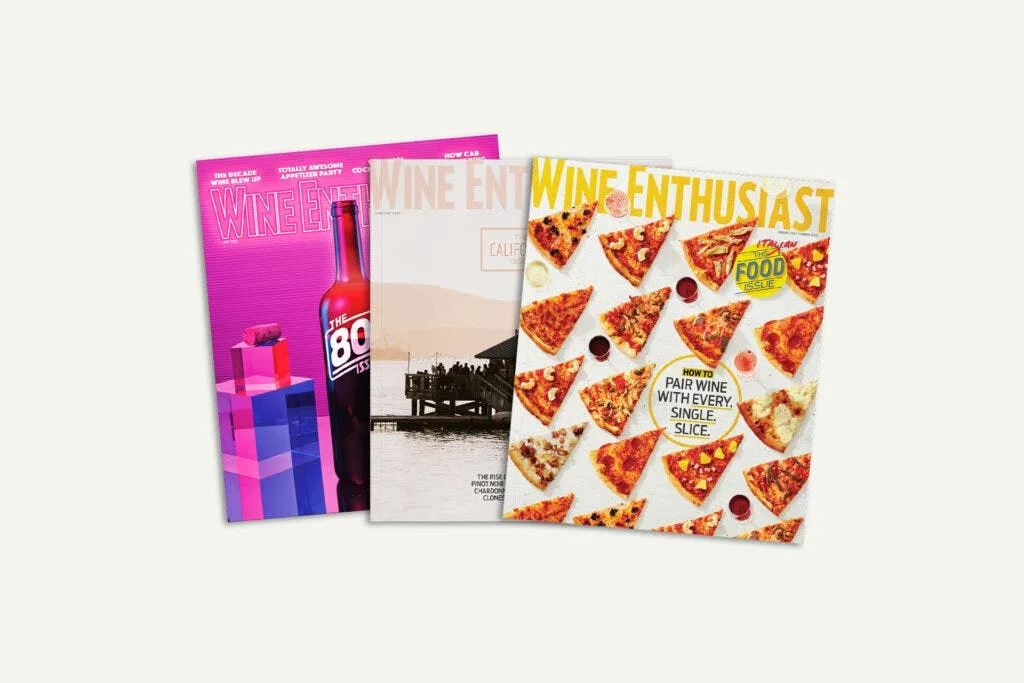The floor was packed at BarConvent Brooklyn, a spirits industry trade show, but no one stopped at the ecoSPIRITS booth. I stood off to the side and watched a constant flow of bartenders, sales reps and journalists glance and then walk past the rectangular metal containers, no match for the seductive flavors within the bottles, bottles everywhere—the very vessels ecoSPIRITS seeks to replace with refillable containers that hold the equivalent of several bottles.
The spirits industry has a sustainability problem. While so many brands earnestly preach the virtues of supporting the environment by reducing waste, the spirits industry is among the worst in providing anything resembling ecofriendly packaging.
You May Also Like: How Sustainable is ‘Green’ Wine Packaging?
Compared to the lightweight cans of the beer industry and recyclable glass and natural cork employed by winemakers, spirits producers seem to revel in extraneous packaging. This is emphasized for me regularly, every time I open a package that resembles a set of eco-hostile nested dolls: say, a giant box containing a load of non-recyclable Styrofoam packing peanuts, a heavy, fabric-lined wooden box nestled within, enclosing a doorstopper of a whiskey bottle topped with a decorative metal closure that could double as a blunt weapon.
On average, 20–40% of a spirit’s carbon footprint is attributed to its packaging, according to data collected by the International Wine & Spirit Competition (IWSC), a U.K.-based group that includes an “eco-friendly” category in its annual design awards—although in 2022, the judges deemed the
This Article was originally published on Wine Enthusiast




